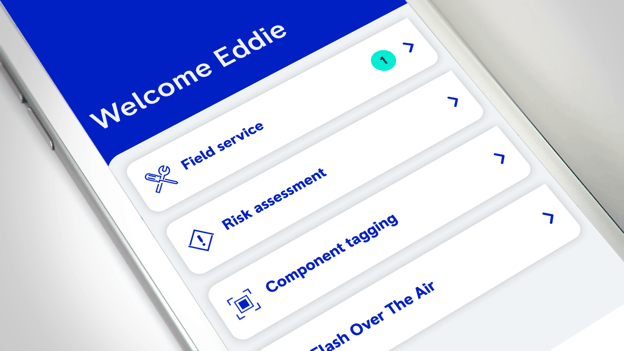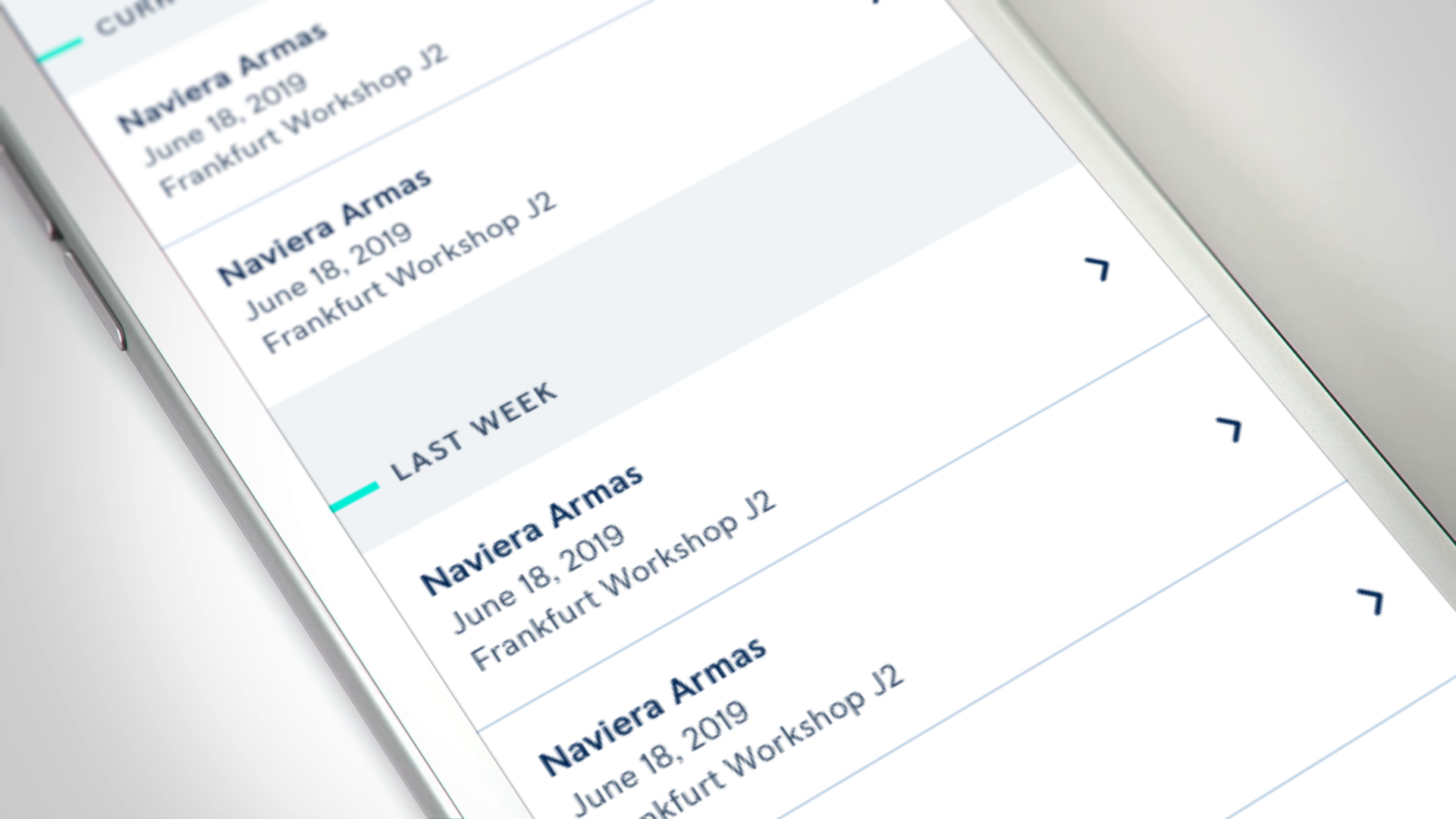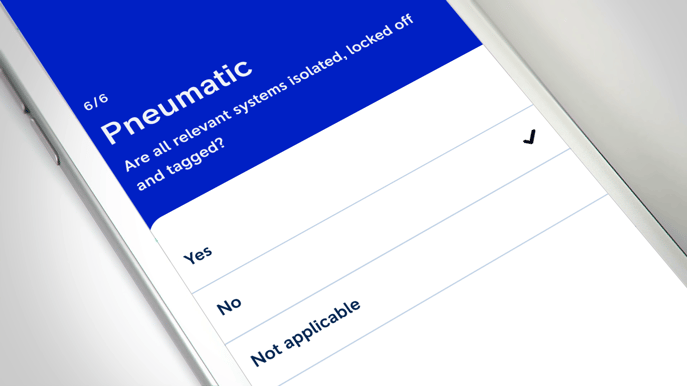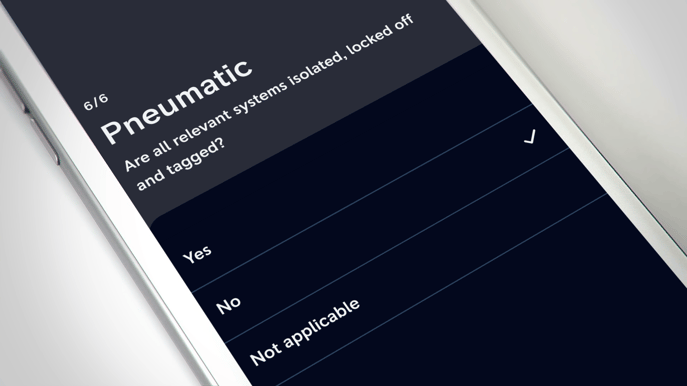Creating better experiences for those who use your products.
Put simply, a digital design system is a central hub that hosts standardised components that should be re-used by all teams to build their different applications and experiences.
It also harmonises the design workflow, creating a shared design process and set of principles that everybody will use, no matter how different their products may be.
Sounds lovely, but so what? Well, creating ‘one source of truth’ will inevitably create better experiences for the people who use your products.
A business’ need for a design system goes hand in hand with its need for scale, efficiency and consistency.
But as with anything in design, it’s ultimately built for the benefit of the end user. It's all about efficiency (nearly)
It's all about efficiency (nearly)
Design systems give designers and developers the opportunity to reuse a library of components and adapt them to their specific needs. With this central bank to draw from, design teams can streamline their efforts and avoid unnecessary duplication.
This gives them more ‘downtime’ to invest time in other areas. They think about users and their needs. They have more space to explore and ask questions.
What problem do we want to solve? Is there already a component to solve this? If we create one, can it solve other problems?
This leads to improved innovation and, in the end, less but more meaningful components. So when a new innovation has been proven to work, the improved business efficiency can bring it to market quicker - giving customers the next generation experiences they need rather than simply reinventing the wheel.
A unified design system also helps build bridges across teams. It empowers collaboration and communication, and can organically up skill the workforce through the collective power of knowledge sharing. This is a huge boost for staff morale, corporate culture and commercial output. Consistency is everything
Consistency is everything
A consistent experience reduces the cognitive load on a customer when switching from one journey to another or from a mobile app to desktop. If they look and behave differently, the disconnect can leave the customer confused and frustrated. Enough of that and the customer won’t be a customer for long.
Now imagine that your company has been building a new digital product for a long time. It’s possible that the various teams working on different parts have accidentally created 50 shades of grey, 10 different primary buttons and many other interface inconsistencies.
Design system development normally kicks off with an audit of the existing components. An obvious benefit of this is uncovering where the biggest inconsistencies are. It also helps teams uncover the most important and most commonly used elements of the product. That means less planning, less design and build time and less effect on your central brand identity.
Inconsistency is a burden for designers so they need a reliable structure to build interfaces from. A design system library is that structure, offering many solutions to solve the same problem. We all want scale
We all want scale
When a company can build products more efficiently and consistently, it’s logical to think they can do this at greater scale too. That means the potential to serve more customers, and more happy customers.
Since digital design systems are constantly being maintained and updated through unified teams, they can grow with the products they’re being built to support. The teams involved can scale up in more informed ways, and even build better solutions to solve the issues of scaling up.
A static design system won’t suit a company with a large scale product. Sure, teams can still build experiences by combining existing components. But what if those components aren’t fit for purpose anymore?
New ones get added, old features become outdated, standards change and the codebase gets messy... herein lies the danger. Design debt, the natural decay of a project or platform as it gets older, is real. It's especially real as businesses scale. (Don’t) fight the system
(Don’t) fight the system
To deliver seamless, user-centric products at pace and at scale, companies need to take a more systematic approach to design. And that’s the key role of a digital design system - to bring order to the complex process.
Good design is a language. When everyone speaks the same language, things move faster and work better.






